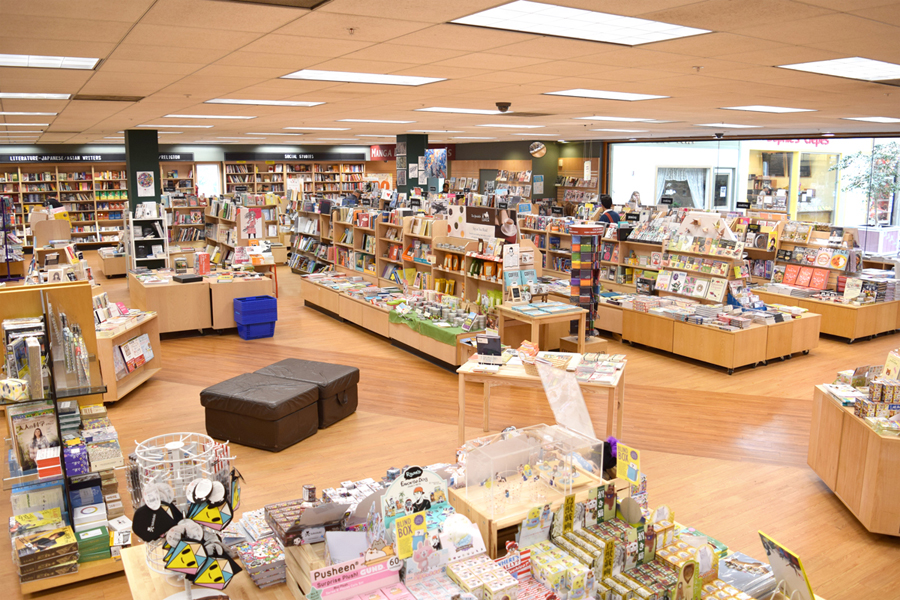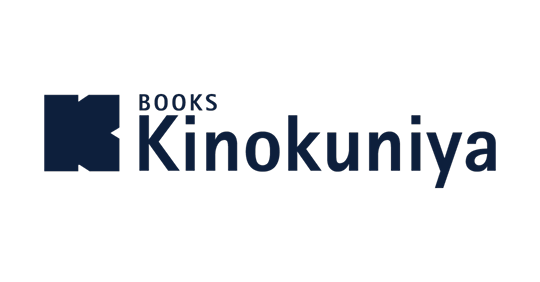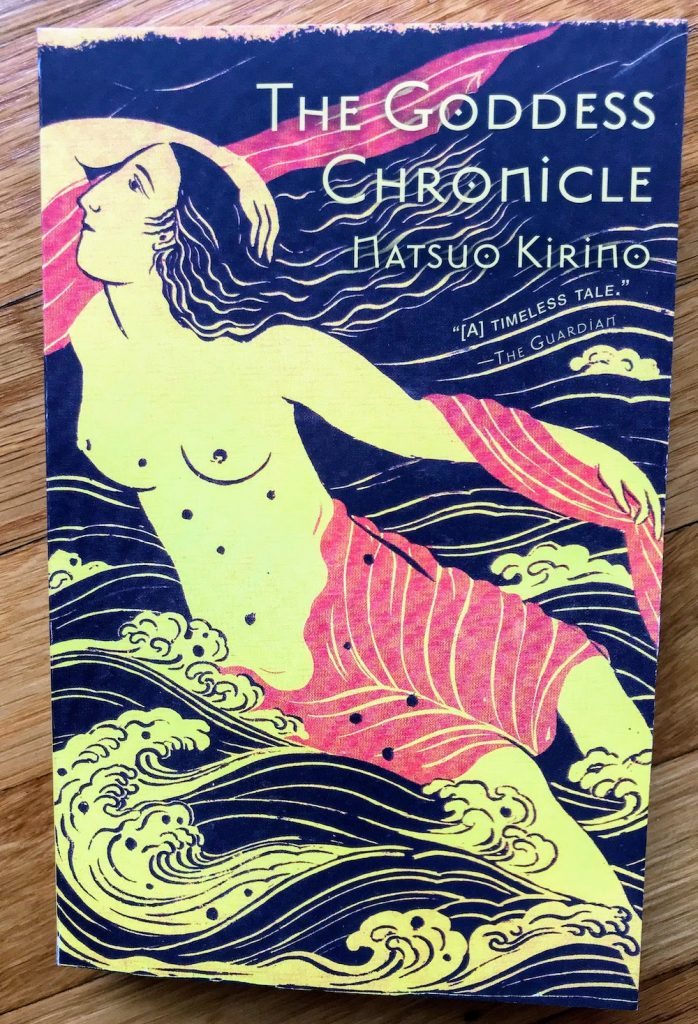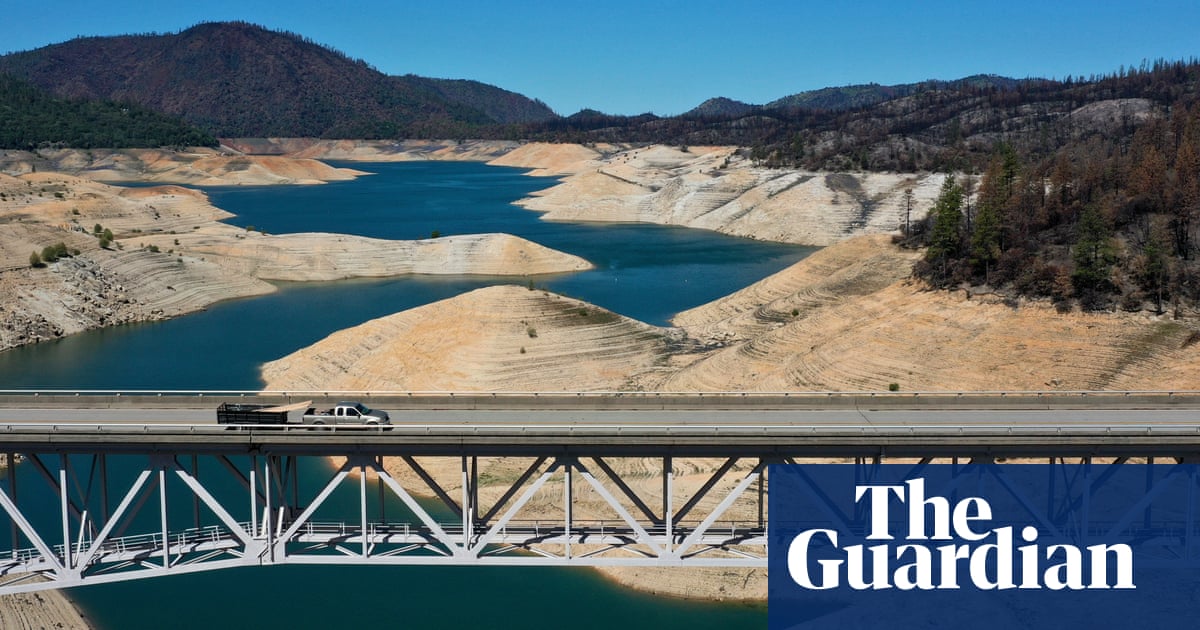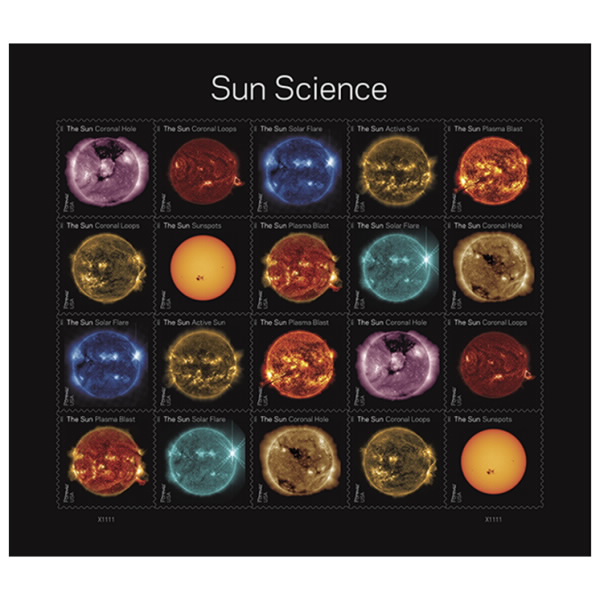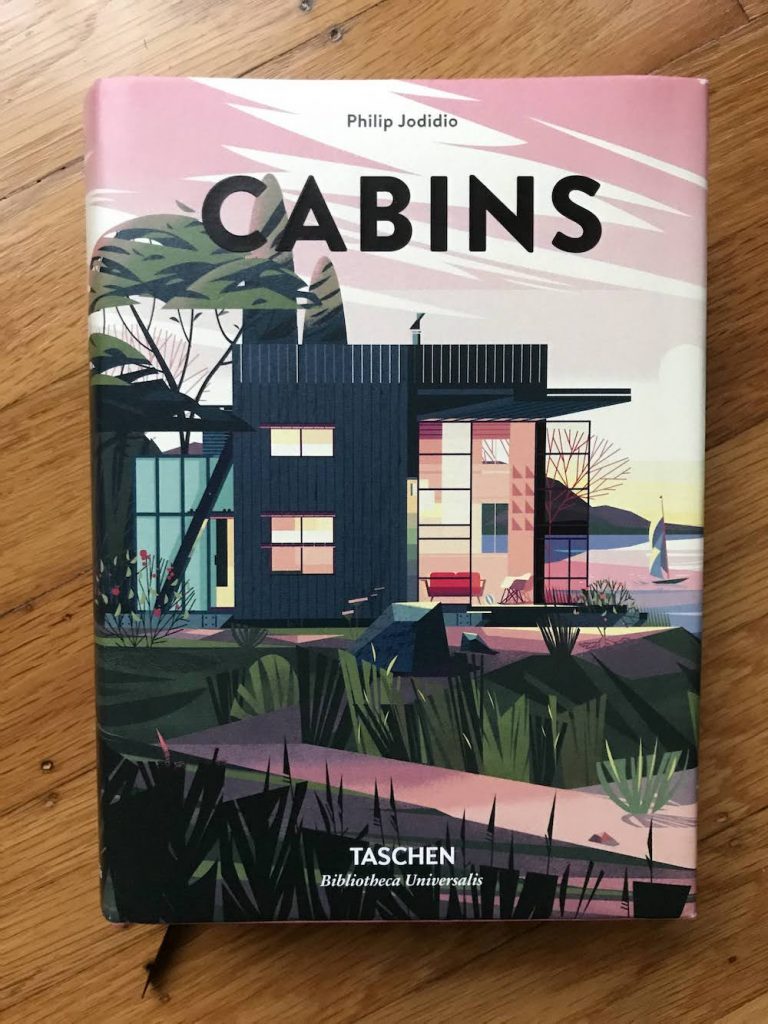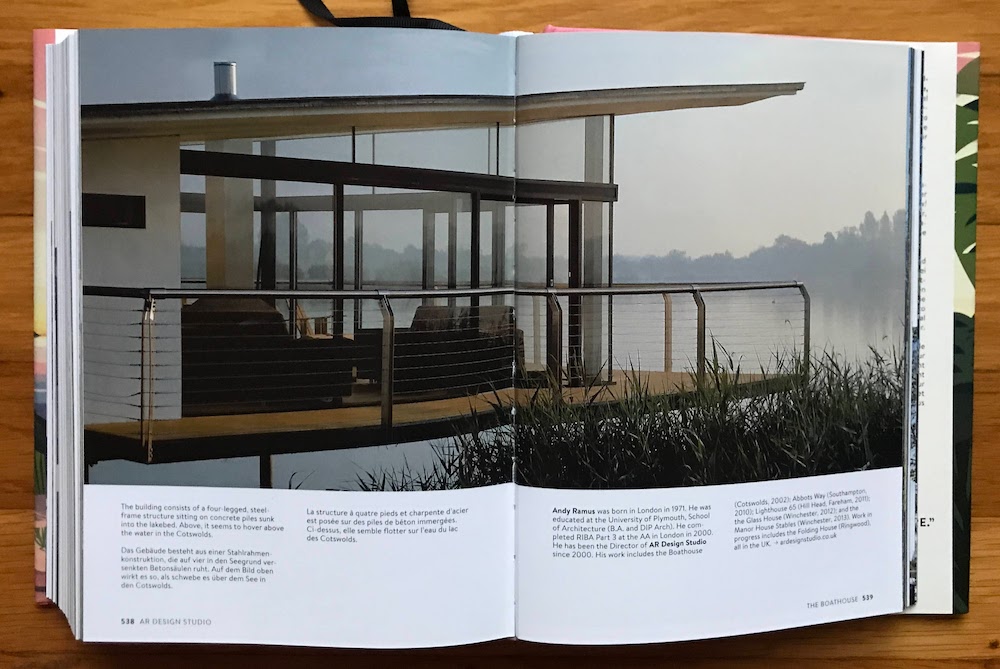
Eco Living Japan: Sustainable Ideas for Living Green
by Deanna MacDonald
published by Tuttle, Rutland, Vermont
2015
This is a beautifully illustrated survey of Japanese building projects which show a commitment to environmental sustainability.
This book grabbed me right away by immediately explaining something that had always confused me: why are homes made with renewable, traditional materials so rare? The answer that explains it all: insurance companies won’t insure old houses. One MUST tear down and rebuild to new codes every 30 years to get insurance. And so houses are basically disposable, and less sustainable materials can be cheaper, faster, less flammable, or more fashionable.
Some of the edgy, innovative Japanese house books I’ve seen are now so easily explained: no one is building for the long term, so being over-specific for a point in time, or taking risks, and being daring makes more sense – you won’t have to grow old in what you build! (Even in the recent Japanese fiction I’ve been reading, families tear down buildings to sell an empty lot – this seems to be considered the best choice almost always…)
This book profiles a range of projects from architects with a range of attitudes and credentials about environmentally sustainable building. It is a buffet of different eco-emphases: some projects focus on energy use, some on thermal insulation, some on traditional wood treatments (like charring to protect against insects), some on attempting to preserve the natural features of a landscape by resting on smaller foundations (which involves using a lot of steel, however), and all result in a range of reasonably conventional homes that wouldn’t jump out as eco-friendly without some explanation.
By showing a diversity of approaches and solutions, the book provides a good survey of concerns that CAN be addressed and SHOULD be considered. You CAN have a normal-looking house while making better choices!
As with all architecture books, I get a better sense for how living in the spaces could be when they have signs of human life in them, such as art or furnishings, so I am relieved that several of the homes are furnished, at least minimally. While a few of the homes are absolutely palatial (the vast, full floor height, insulated windows in some of these projects alone probably cost more than my entire house), there are some modest / practical ones in the mix. I also appreciate the interludes to cover topics such as the use of landscaping, and kit homes (hello, Muji!), and the inclusion of some international projects to tie what is happening in Japan to global trends.
Overall, this is an attractive, nicely presented book showing how many potential approaches there are to improve the sustainability of residential construction, especially in the climate and circumstances found in Japan. I enjoyed it.

